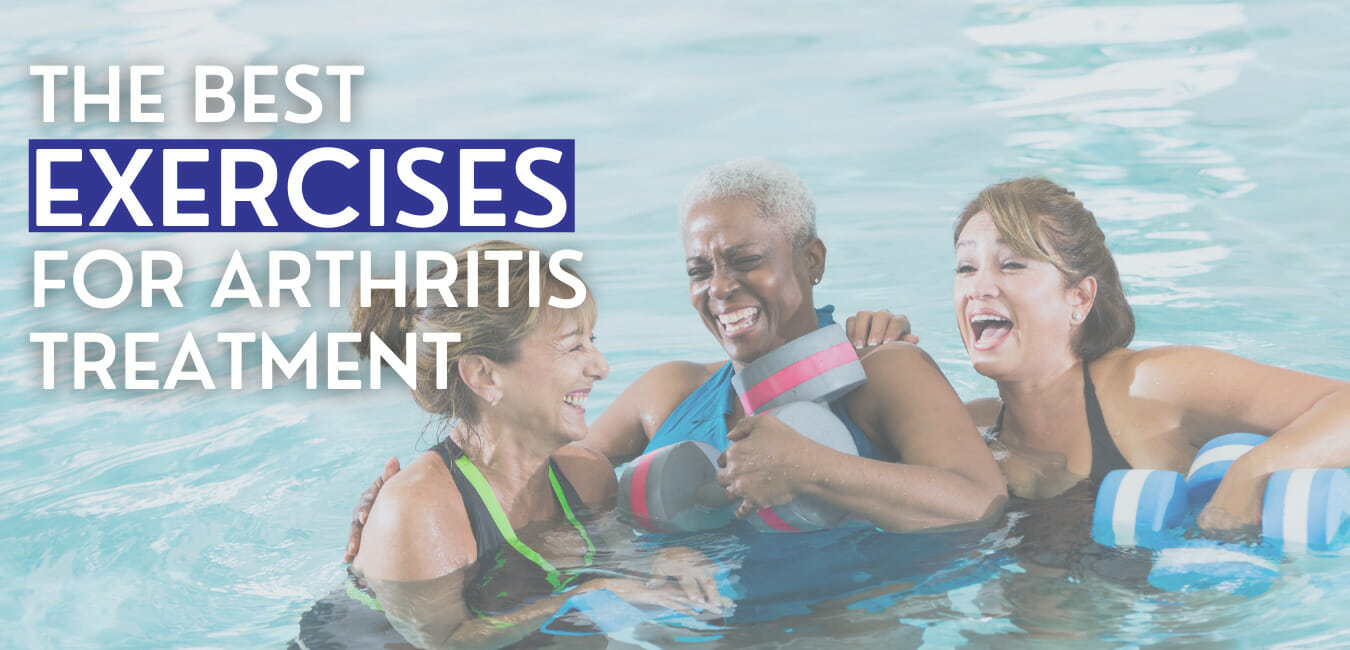1 in every 4 Americans has doctor-diagnosed arthritis. Amongst the surveyed individuals, at least 40% don’t exercise regularly, making them prone to being diagnosed with arthritis in the future—if not yet.
Many people assume that once you’ve been diagnosed, there’s very little you can do to improve the situation. That’s not true. Regular exercise can help relieve any arthritic pain or inflammation you might have.
This article will discuss five easy exercises that you can do at home to get your joints moving!
5 exercises to get your joints moving
- Walking
Walking is one of the most common and recommended exercises by doctors—and for a good reason. It helps you increase mobility all over your body and doesn’t necessarily target any specific body part—making it ideal for working out your entire body.
It helps strengthen your bones and muscles over time and is very low impact in nature. It’s perfect for those just getting started on their fitness journey. Walking helps distribute the pressure and weight from one part of the body to the other—keeping the body’s movements and flexibility in check.
If you have arthritis, it keeps the joint pain in check and is easy on the knees. A 15-30 minute walking routine is more than enough to help your condition.
- Swimming
Swimming is another low-intensity exercise for arthritis. Many physicians recommend water-based exercises because they give your joints additional support and resistance. Water offers 12x more resistance than air—making it an excellent cushion for exercising painful joints.
Swimming is preferred because it improves blood circulation, builds cardiovascular health, and makes joints less stiff over time. For those recovering from knee surgery, it helps tone the muscles and provides a cushion for the joints when they are being stretched or exercised.
- Slow exercises (tai chi/ yoga)
Since most affected by arthritis are over the age of 45. In those cases, it’s advisable to partake in exercise routines that focus on flowing movements as they’re not as intense as other workouts. They’re easy on the knees too. Some examples include Tai Chi, Yoga, Aqua Aerobics, Pilates, and more.
Tai Chi and Yoga are known for their strengthening and stress-reducing effects. The best part is that they don’t have to be done every single day. 3 to 4 times a week is more than enough and gives your body enough time to cool off too.
It’s important to note that these exercises have balancing postures that require you to stand on one foot. As an arthritic patient, you must avoid that as you might lose control and injure yourself.
- Cycling
While this might sound counterintuitive to those just starting their fitness journey, cycling is a great way to balance both your joint and cardiovascular health. In this case, using a stationary cycle is your best bet as you don’t have to worry about balancing yourself, and you can exercise at your own pace.
It’s also excellent for building resistance and toning your joint muscles, ensuring that your injured joints get the much-needed blood circulation. It can develop your range of motion, increase your endurance and leg strength—giving you better balance over time.
- Strength training
The key to ensuring healthy muscles and joints is challenging the body and building resistance over time. This is why strength training exercises are recommended for arthritis. It maintains the muscle tone and reduces pain or inflammation due to arthritic flares. Strength training includes lifting weights, resistance band exercises, push-ups, or squats.
They are recommended for those a little far along in their fitness journey. It would be best if you did these exercises under the supervision of a licensed professional. You might also need additional equipment or support throughout as it’s of medium intensity.
Of course, developing the right routine for your body is crucial, and your physiotherapist can help you. To avoid further damage to your joints, always warm up your joints before starting your routine.
Taking care of your joints as an arthritis patient is hard, but it doesn’t necessarily have to be. By incorporating exercise into your daily routine, you can improve your joint health significantly over time. If you need help deciding the best course of action when it comes to implementing a routine, don’t hesitate to reach out to us today.
